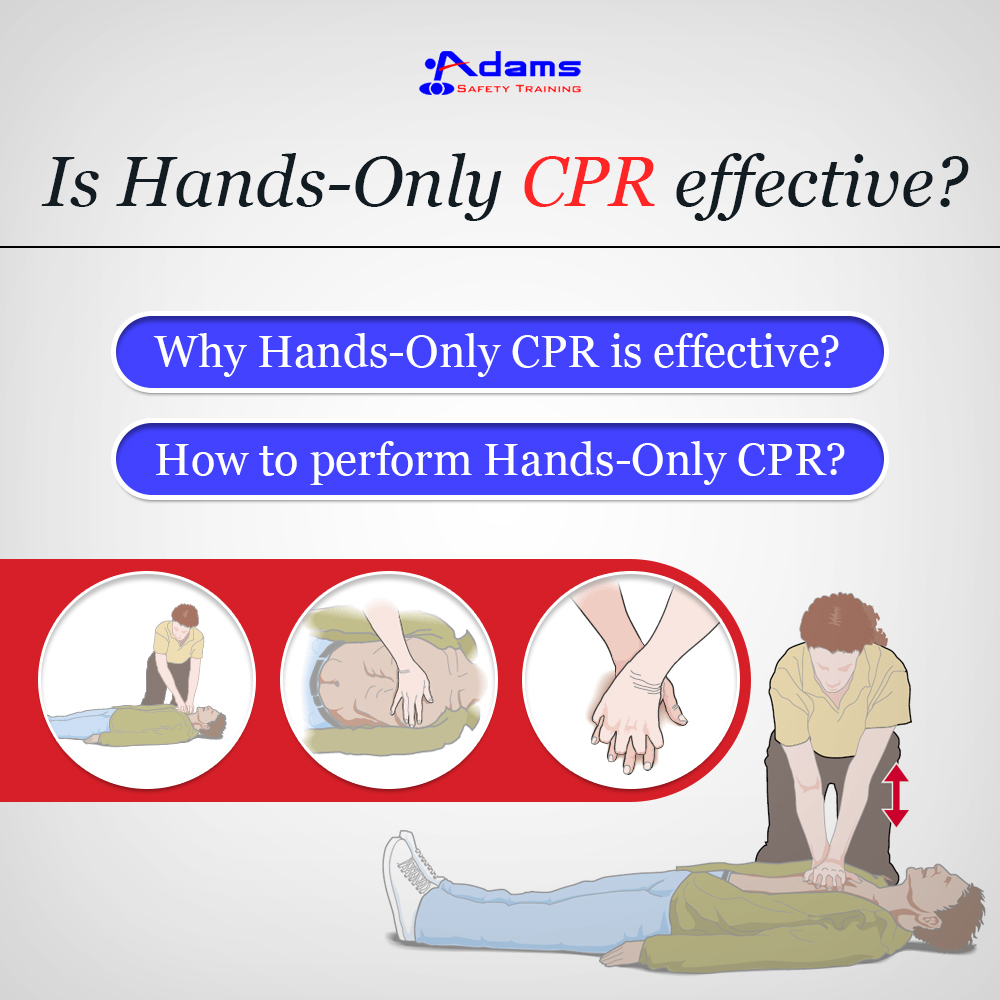Hands-Only CPR is a cardiopulmonary resuscitation (CPR) procedure which involves providing chest compressions without mouth-to-mouth breaths. Nearly 383,000 out-of-hospital sudden cardiac arrests occur annually in the United States, and 88% of cardiac arrests occur at home. Most of the people who experience cardiac arrest at home, work, or public places die because they don’t receive immediate CPR. Many bystanders feel helpless as they don’t know how to properly administer rescue breaths with chest compressions. Hands-only CPR can increase the chances of survival of the victim by providing only high-quality chest compressions without interruptions.
Why Hands-Only CPR is effective?
According to the American Heart Association, hands-only CPR can be just as effective as conventional CPR. More people are likely to perform hands-only CPR if they don’t have to perform mouth-to-mouth breaths. A victim of sudden cardiac arrest, receiving chest compressions from bystander, is more likely to survive without any brain damage.
How to perform Hands-Only CPR?
Hands-only CPR is recommended for use in teen or adult (not infants or children) who suddenly collapse in an out-of-hospital setting. It consists of two simple steps:
• Call 9-1-1 and explain the dispatcher about the condition of the patient, location, or other specific information you would like to provide about the emergency situation.
• Begin chest compressions at a rate of 100 per minute till the emergency medical technicians arrive at the site for attending the victim.
Chances of surviving cardiac arrest by a patient increase when bystanders provide only chest compressions as compared to when no CPR is provided to the patient.


